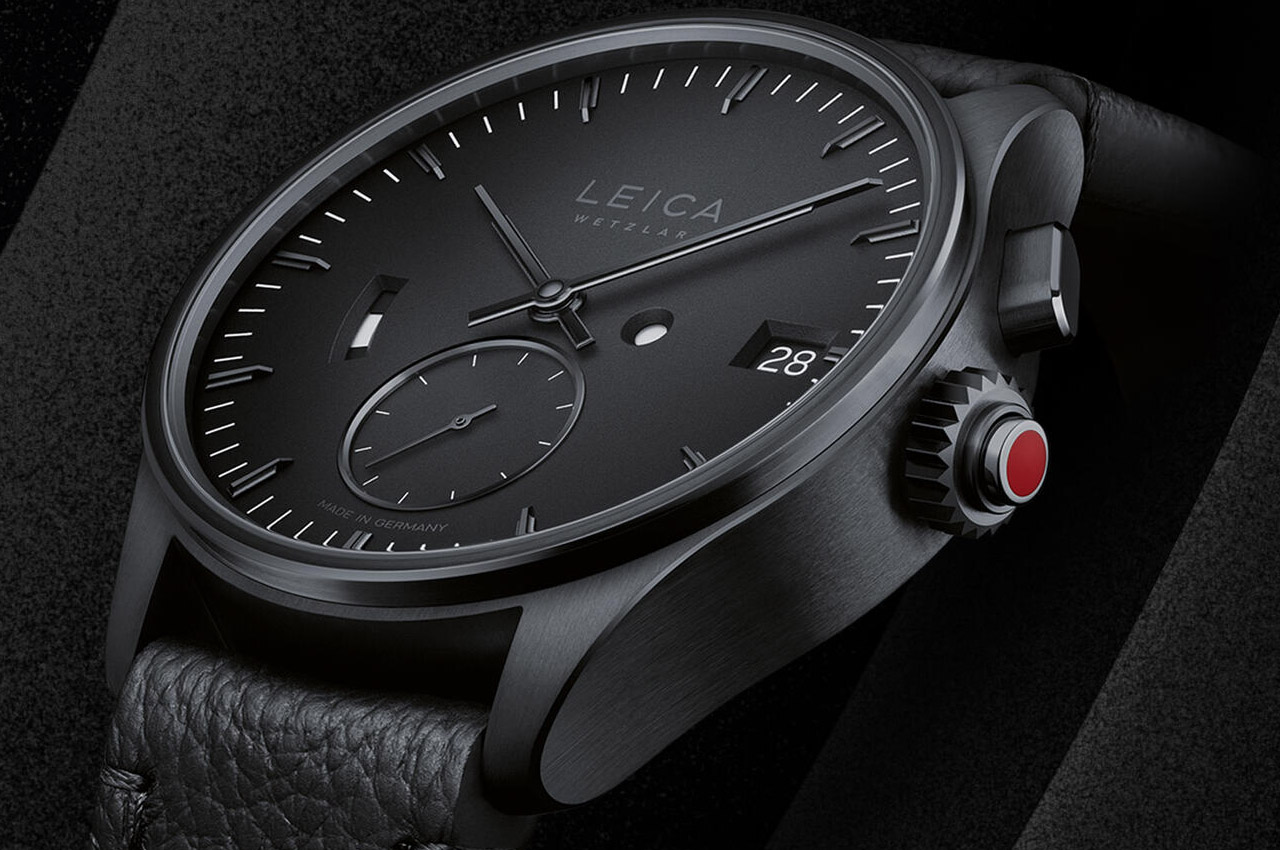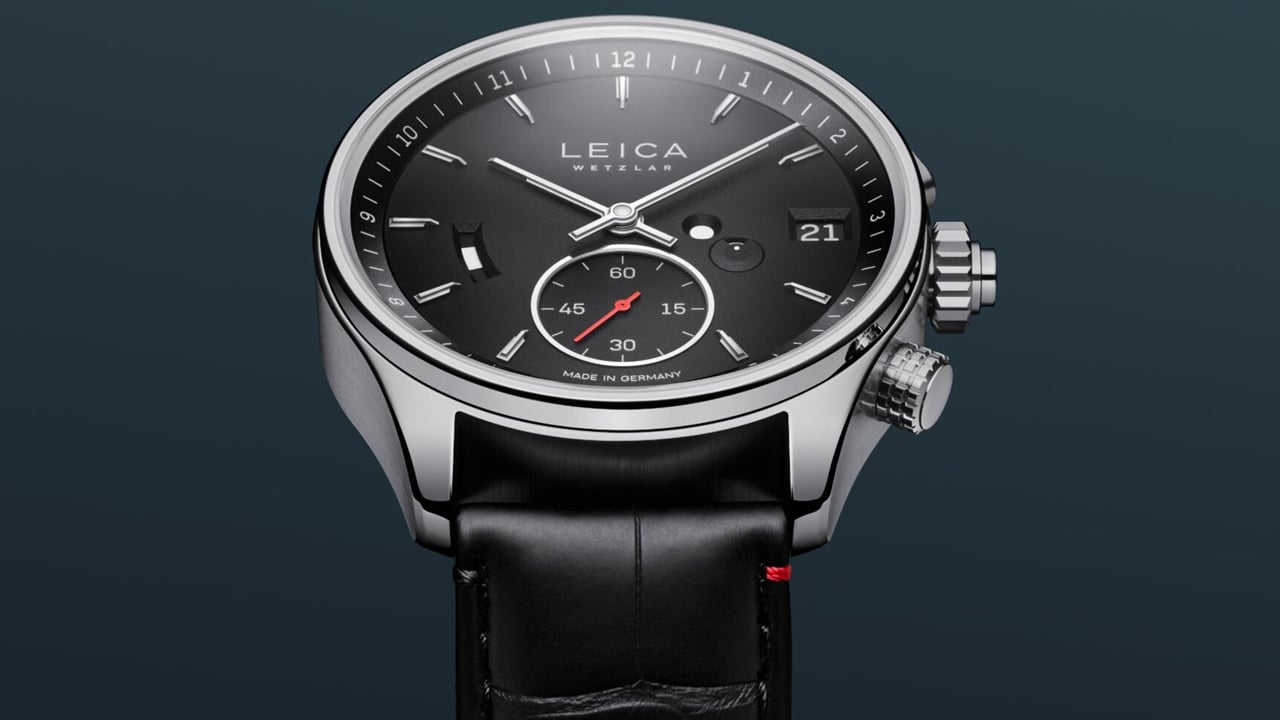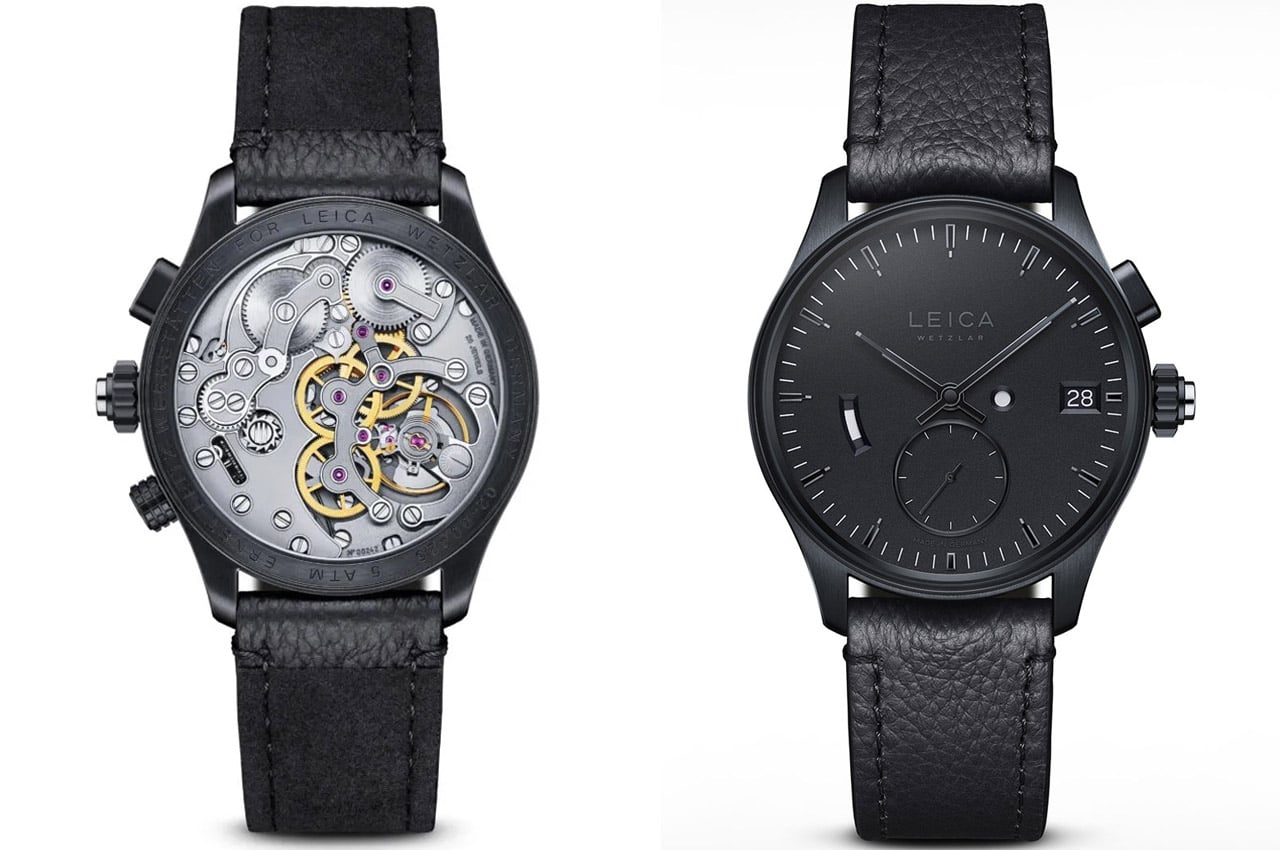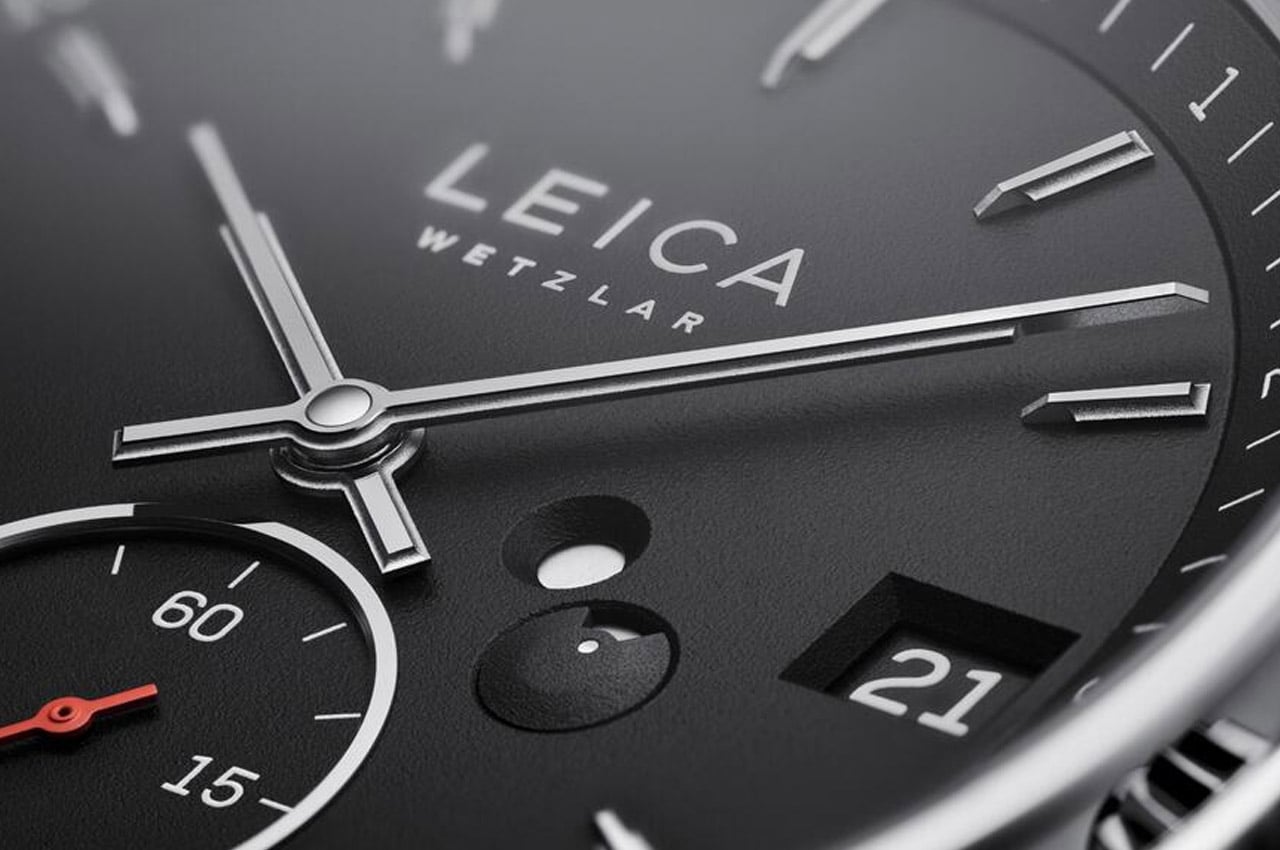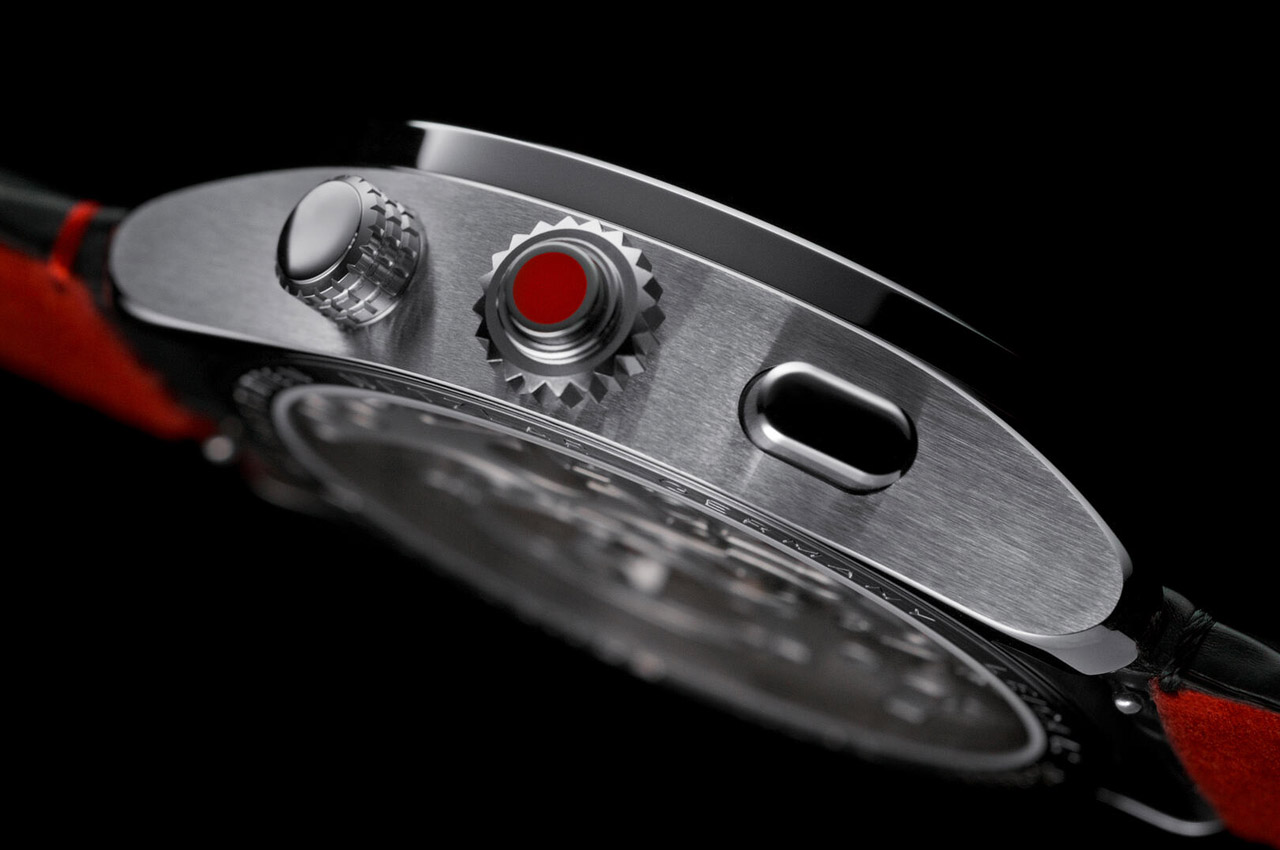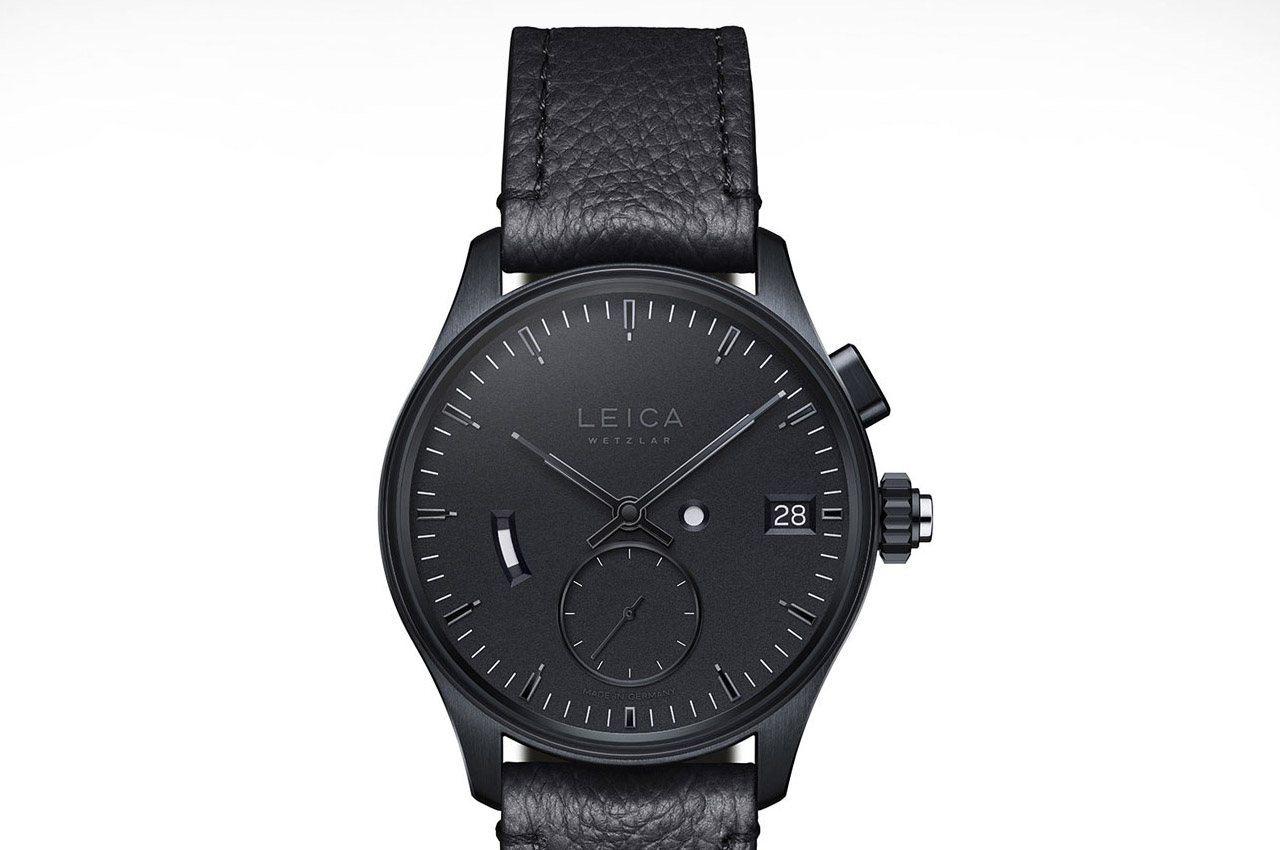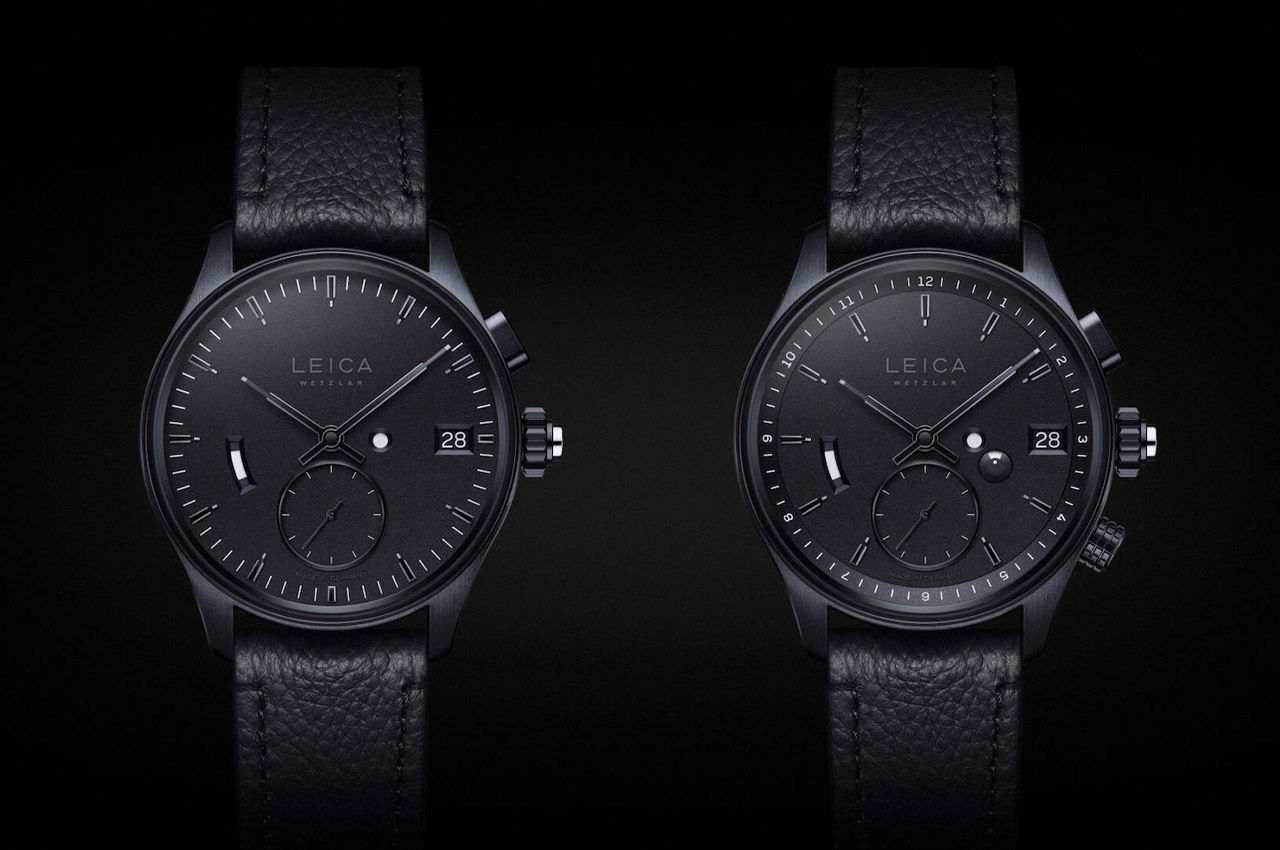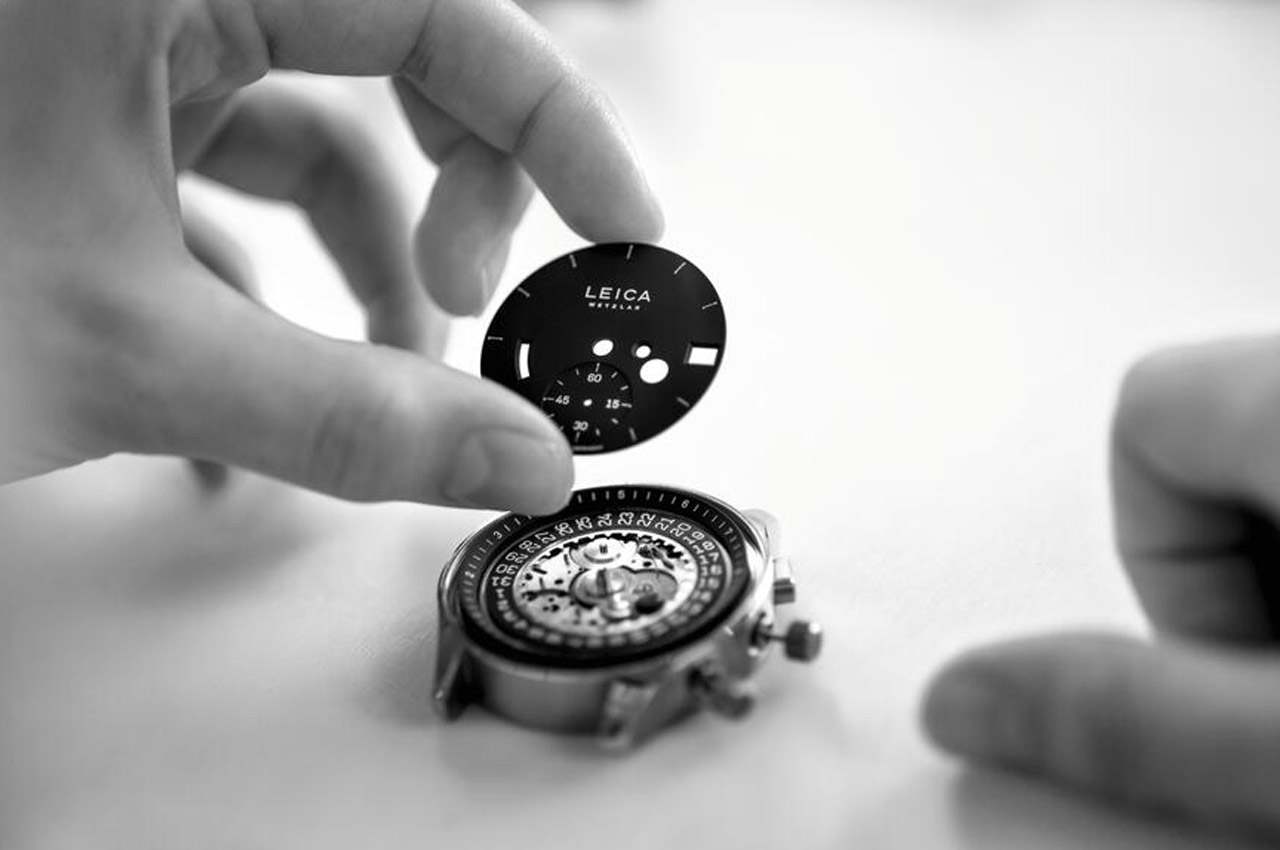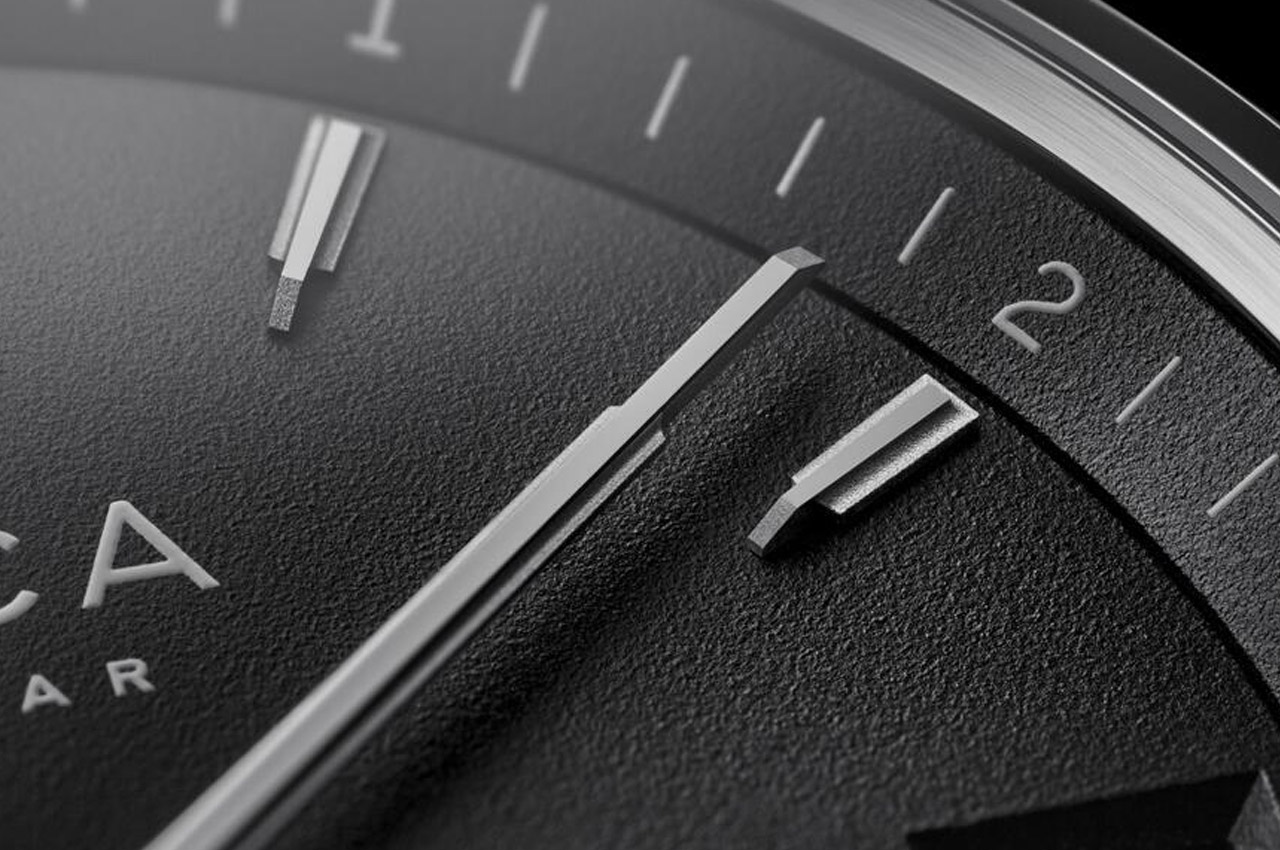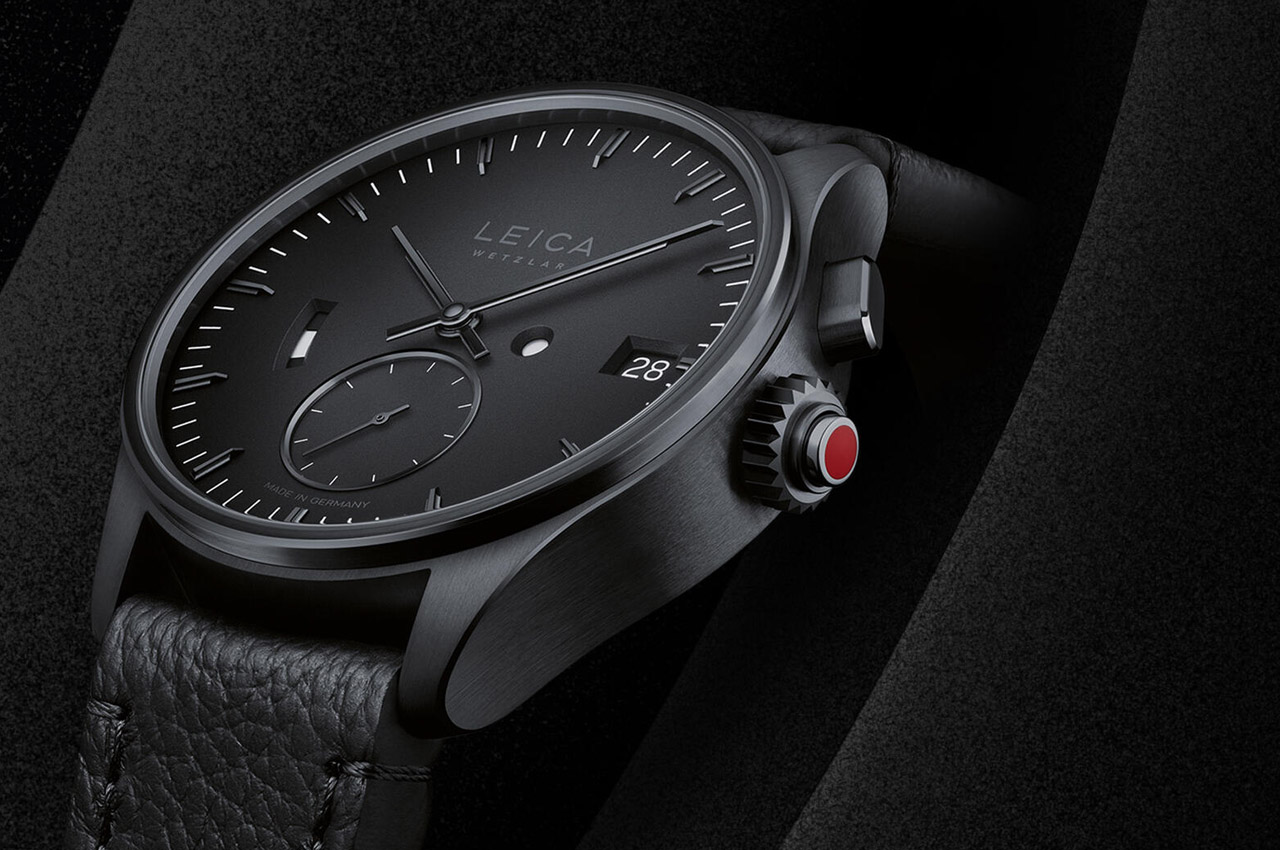Two factors had an effect on the deals we saw this week: spring sales and early Mother's Day promotions. Even if you don't need a gift for a mom or it's still cold (or weirdly summery hot) where you are, you can snag a decent price on some of our recommended tech. Like our top budget robot vacuum, iRobot's Roomba 694, which dropped back down to $179. Apple's only sub-$1,000 laptop, the MacBook Air M1, is $200 off at Best Buy only. We also saw a few deals on gadgets we like for the kitchen, like our favorite air fryer and a Vitamix blender. Both the latest and previous generation standard iPad are on sale, as is the older, but still-great M1 MacBook Air. And our favorite ereader, Kobo's Clara 2E is seeing its first discount. Here are the best tech deals from this week that you can still get today.
iRobot Roomba 694
If you want a good vac that will clean your floors without much fuss (or requiring much money) we suggest iRobot's Roomba 694. It's usually goes for $275 but right now you can get it for $180 at both Amazon and directly from iRobot's site. The bot has dropped to this price a number of times before, and is just $5 more than the all-time low. Our senior commerce editor, Valentina Palladino, named the 694 the best budget vacuum in our guide because it has an easy-to-use app and does a good job of keeping floors clean on a schedule. It doesn't have the advanced mapping and obstacle avoidance features of a more expensive model, and it doesn't self-empty, but for less than $200, it's a relatively affordable way to keep your carpets fresher.
iRobot Roomba S9+
The Roomba S9+ from iRobot is our pick for the most premium robot vacuum you can buy — and it comes with a premium price. Both Wellbots and Amazon are currently selling the $1,000 vac for $749 or $250 off, which could help if you've got your eye on a top-of-the-line floor cleaner. Valentina thinks its one of the best out there, admiring the attractive, copper-accented design and suction power that's rated to be 40 times more powerful than a standard Roomba. She noticed a deeper clean in her carpets, but noted that the machine was a little louder than others, though not to the point of irritation. It runs for about an hour before needing a recharge at its base and does a decent job of avoiding objects and furniture. That said, it's probably overkill for most people.
For a few hundred dollars less, you can go for our favorite mid-range pick, Shark's AI Ultra Robot Vacuum, which is 25 percent off at Amazon. That's not an all-time low, but the discount brings it $450 instead of $600. The runner-up mid-range vac in the same guide, iRobot's Roomba j7 is seeing an even deeper 33 percent discount, making the $600 model $399 instead. Again, not the lowest price we've seen — it's about $50 more than it sold for during the Black Friday sales at the end of last year.
MacBook Air M1
It's a few years old at this point, but Apple's MacBook Air with the M1 chip is still a capable and relatively budget-friendly laptop. Usually $999, Best Buy is selling the base model for nearly $200 off, or $800. It has fallen to this price numerous times in its two year history, and the deal matches the all-time low. Right now Best Buy seems to be the only major retailer offering the deal — it's just $100 off at Amazon and $130 off at B&H Photo.
Our resident Apple laptop expert, Devindra Hardawar gave the MacBook Air M1 a 96 in his review, admiring the speediness of Apple's new in-house silicon and the overall lack of fan noise, since it uses passive cooling instead. This is the base model of the M1 Air, with 8GB of RAM and 256GB of SSD storage, which is typically the only configuration of a MacBook that you can get for under a grand.
Apple iPad (2022)
Best Buy is also selling Apple's latest standard iPad with 64GB of storage for $399 or with 256GB for $549. That's a $50 discount on either model and matches the lowest prices the tablets have seen since their debut. Our deputy editor, Nathan Ingraham, gave the 10th generation iPad an 85 in his review, noting that it was an improvement over the previous generation in terms of the design, processing power and cameras. But it has some drawbacks too — like still using the first generation Apple Pencil, not supporting Stage Manager and adding a $120 price jump over its predecessor. Speaking of, that 9th generation iPad happens to be our current recommendation for a budget Apple tablet, and it's on sale for 15 percent off, or $279, at Amazon. That's about $30 more than its all-time low, but still a significant savings over the newer iteration.
Kobo Clara 2E
Looking at an ereader is easier on your eyes than reading on your phone or tablet. Kobo's Clara 2E earned the top honor in our guide to these devices and is seeing a rare sale on Kobo's site. It's usually $140 but the $20 discount makes it $120. I found the Clara 2E easy to hold, read and navigate. It's got a textured back, a soft and warm front light and quick touch responses. It's more expensive than the base model Kindle, which is $99 for the ad-supported version. However, the budget Kindle doesn't have a warm reading light, isn't waterproof and costs $120 if you don't want ads. Kobo also offers seamless integration with OverDrive so you can borrow ebooks from your local library, and now has a new subscription service for a unlimited reading of selected ebooks for for $8 per month, which helps it compete with the Kindle Unlimited subscription.
Fitbit Versa 4
Warmer weather might be inspiring you to get more active. If you want a fitness-focused smartwatch to help motivate you, take a look at Amazon's discount on Google's Fitbit Versa 4. The price is down to $160, which is a $40 savings over the list price. It went for $10 cheaper during the shopping holidays last year, but this is the lowest we've seen it since then. The Versa 4 not only offers plenty of health and fitness tracking, it can guide you on a run or bike ride with Google Maps support right on your wrist for Android users (those with iPhones will need to wait until later this spring for that integration). And unlike many smartwatches out there that only get a day or two on a charge, the Versa 4 claims a six-day battery life.
Fitbit's Sense 2, which has more sensors to give you all-day stress tracking and ECG heart rate readings, is on sale for $50 off, bringing it down to $250. It's worth noting that neither smartwatch lets you run third party apps, though you can answer calls and texts. A $10-per-month Premium subscription is also required (after the six-month trial) for guided programs, personalized fitness feedback and sleep insights. Yet for just $160 it's an affordable way to get a fitness focused wearable that's a few steps above a simple tracker.
Instant Vortex Plus
Air fryers can do a lot more than just fry — in fact they don't technically fry anything, instead they cook food using hot, circulating air. The results are both healthier and more energy-efficient than frying. The Instant Vortex Plus is made by the same brand who makes the perennially popular Instant Pot, and is the top pick in our guide to air fryers. Both Amazon and the Instant Brands storefront are selling the 6-quart size for $130, which is a 24 percent discount off its usual $170 and the lowest price we've seen outside of the shopping holidays last year. This one beat out the other models in our testing because it heats up impressively fast, has easy, intuitive controls and does a good job of keeping cooking smells at bay.
Ember Mug 2
Ember's newest app-connected mug can keep your tea or coffee at your preferred temp for more than an hour on its own, or all day long when you set it on the included charging coaster. Given the price, however, this smart drinkware might be more suited to gifting. In a sale timed for Mother's Day, the 10-ounce and 14-ounce Ember Mug 2 are both $30 off at Ember when you use the code MOMDAY23 at checkout. That makes the smaller mug $100 and the larger one $120. The coupon only applies to the black or white mug — the metal-toned versions are still list price.
Samsung Galaxy Watch 5
The 40mm Galaxy Watch 5 is back down to $219 at Amazon, Best Buy and directly from Samsung. That's $60 off the list price and matches the all-time low we saw in January of this year. Engadget deputy editor Cherlynn Low gave the wearable an 85 in her review when it came out last August, citing the solid health and fitness tracking capabilities and the clean, minimalist design. It's our current favorite smartwatch for Android users as a capable companion for your smartphone, delivering alerts and notifications to keep you in the loop. If you'd like a larger display or have bigger wrists, you may prefer the 44mm size. It's also on sale for $60 off, bringing it to $249 instead of $310. Cherlynn gave the Pro model a slightly better review score of 86 and it's getting a 19 percent discount that makes it $363.
Vitamix E310 Explorian Blender
We named Vitamix's E310 Explorian Blender one of the best kitchen gadgets in our 2023 guide. This week, it's seeing a $60 discount at Amazon, Target and at Vitamix, bringing the cost down to $290 instead of $350. The E310 offers a great balance of performance to value — more powerful than the base-model Vitamix One and more reasonably priced than the top-of-the-line Ascent series. Amazon and Vitamix are both billing the sale as an early Mother's Day promotion, but anyone who likes to cook will appreciate the versatility of a Vitamix, regardless of their parental status.
Govee RGBIC LED strip lights
Smart lightbulbs come in more shapes than just the standard A-series. One non-standard variety comes from Govee, makers of our favorite strip lights, the Govee M1 RGBIC. Amazon is selling a trimmable, 16.4-foot length for a ten percent discount. If you apply the available $15 coupon, you'll save a total of $25, making them just $85.
These lights can add ambience to a room or a little extra light in awkward places. Our senior commerce editor Valentina particularly appreciated the wide range of colors and the surprising level of brightness the diminutive bulbs were capable of producing. Her two complaints stemmed from the app, which is a little chaotic, and the price. But thanks to the sale, at least one of those factors is a little easier to put up with.
Tile Tracker
When I tested Bluetooth trackers for Engadget's guide, I named the Tile Pro the best option for Android users and the Tile Slim as the best option for keeping tabs on a wallet. As part of a Mother's Day promotion, Tile is bundling two of each tracker and offering a 21 percent discount on the set. Tile's finding network isn't as massive as Apple's Find My, but I was impressed by how well it used the Tile "community" to locate lost items. Also, the trackers themselves ring much louder than Apple's AirTags.
Other Tiles are on sale too, including a two-pack of the Tile Slims for 35 percent off and a two-pack of the Tile Mates for a 27 percent discount. It's worth noting that Chipolo's One tracker beat out the Tile Mate because the former is louder and has a replaceable battery. It's also quicker to send an alert when a tagged item is left behind — and it doesn't require a subscription to access that feature like Tile does.
Samsung The Frame TV (65-inch)
If you want your television to look like a very large piece of art when you're not watching it, you may be interested in the discounts Samsung and B&H Photo are running on the 65-inch Frame 4K HDR Smart QLED TVs. A $300 discount brings the 65-inch model down to $1,698 and a $500 deal on the 75-inch model brings it down to $2,498. Unfortunately, the more moderately sized models, ranging between 32 and 55 inches, aren't seeing a discount this week. So this only applies to those who like their entertainment extra large.
Xbox Wireless Headset
Unfortunately for Xbox players, not every wireless headset is compatible with Microsoft's console since it uses the company's own wireless protocol. But you can be sure the headset made the brand itself will work right out of the box, no dongle/adapter required. Right now the Xbox Wireless Headset is 15 percent off, bringing it down to $85. You can get a claimed 15 hours of use on a charge, and the cans support a few different spatial audio technologies, which lets you better detect where sounds are coming from within your game.
It's worth pointing out that these didn't make the cut in our recent guide to gaming headsets and headphones. Our senior commerce writer, Jeff Dunn, recommends the Xbox-compatible, wireless SteelSeries Arctis Nova Pro 7X instead. It's a bit more expensive than the Xbox headset, but is currently getting a $20 discount, bringing it to $160. The Arctis Nova Pro 7X also supports spatial audio and gets nearly 30 hours of play on a charge.
If you don't need to connect to an Xbox, check out the PC- and PlayStation-compatible Logitech G535 headset, which are seeing a 23 percent discount bringing them to $100. Jeff says the G535s are light and comfortable and the best of the sub-$100 wireless pairs he tested. Of course, what he truly recommends is wired headphones — with an external USB mic if you need to chat with friends. Go that route and you'll typically get better sound at a better value. Our best overall pick for wired gaming headphones is the Beyerdynamic DT 900 Pro X. They're holding firm at their list price of $259, but the detailed sound might be worth it for some gamers.
Follow @EngadgetDeals on Twitter and subscribe to the Engadget Deals newsletter for the latest tech deals and buying advice.
This article originally appeared on Engadget at https://www.engadget.com/irobots-roomba-694-drops-back-to-180-plus-the-rest-of-the-weeks-best-tech-deals-180016328.html?src=rss
